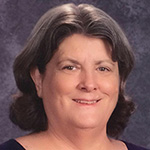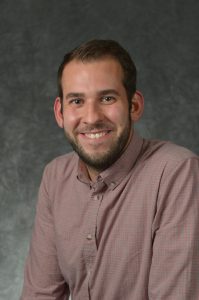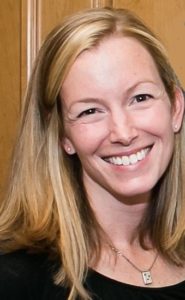The CSTA conference has been my summer PD for many years now, and it is incredible all the things I’ve been able to learn and bring back to my classroom for the new school year. This year I started thinking about this and how my instruction is always enhanced by the workshops and sessions I attend.
This year, I was looking for fresh new ideas. After teaching High School Computer Science for the last few years, this year I will be teaching Middle School. I needed ways to make my class engaging without eliminating the element of fun. I attended many great workshops and sessions at the conference but a session about Flipping, Agile and Gamification was particularly enlightening. This session talked about how to truly engage students and teach collaboration. It talked about adding game-like elements to projects and instruction to motivate and engage students. It was a great session given by Mr. Brandon Milonovich.
After the conference, I decided I wanted to learn more and felt I had a road to follow and a goal to meet. During my research, I came upon a book called EDrenaline Rush by John Meehan (@MeehanEDU) that talks about how to engage students using several elements that are used in Theme Parks, Mud Runs and Escape Rooms. This was a game-changer. I started planning my year with a new perspective. It talks about how “classroom walls belong to the learners inside as much as the teacher”. It talks about how your class needs a story. This book is not specifically about Computer Science, but it is so applicable.
I am using Avengers as my classroom theme this year. I am introducing middle schoolers to the Problem-Solving Process and how to apply Computer Science to engineering and I thought this will make a great story for my class. Some of the Avengers were born with their powers but others were self-made. Tony Stark is a great inventor and engineer who created Iron Man, Captain America was also made through science and innovation. This is opening a door for my students to become Everyday Heroes doing extraordinary things. They will have a mission to improve their world through Innovation, collaboration all using Computer Science Skills. They will feel they belong to a team with a purpose and a mission, all the while earning points and badges. Gamifying my class. I want them to think, ask, research & create using Computer Science skills.
I was really nervous and stressed about the move to a new division and now I am really excited to see all the great things my students will be able to do throughout this year. If you have the chance, please do not doubt to register for the CSTA conference 2020 in Arlington, Virginia. There has not been a year so far that I have not used some of the knowledge I got at the conference in my class the following year.
I will let you know how the adventure goes. To be continued…

Representative At Large



 Yvonne Thomas
Yvonne Thomas